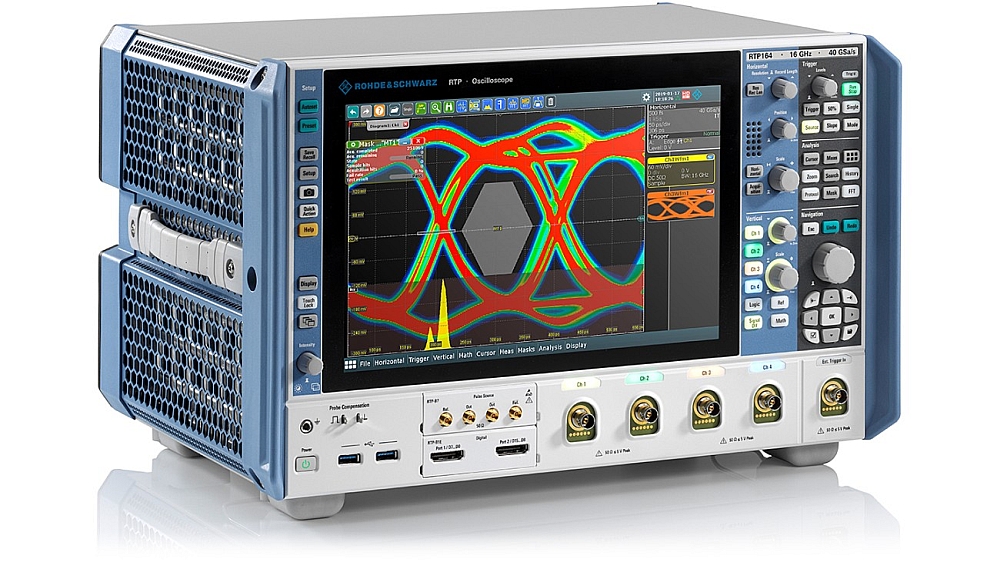- Rohde & Schwarz and Marvell have successfully completed compliance testing and debugging of high-speed digital interfaces of the semiconductor manufacturer’s 88Q6113 multi-port, multi-gigabit automotive Ethernet switch.
Developments in advanced driver assistance systems require a new approach to the design of embedded network architecture. The network architecture of today’s vehicles operating at least one hundred ECUs has reached its limits. The automotive industry is now focusing on a domain or zone control architecture to simplify network design and maximize its performance.
A domain controller can potentially replace the functions of many ECUs by enabling high-speed communications and sensor fusion, and by supporting high-speed transmission interfaces for cameras, radars and LIDARs.
Marvell’s 88Q6113 system has been designed to implement a domain/area controller network architecture. Compliant with the IEEE 802.3 automotive standard, this 11-port Ethernet switch supports RGMII/ MII/RMII/, SGMII, XFI Multi-Speed (1/2.5/5/10 Gbps), and PCIe Gen 3.0 SerDes interfaces. This enables it to support a variety of sensors required for advanced driver assistance and autonomous driving systems.
Ensuring signal integrity is essential for reliable data communication with a variety of high-speed digital interfaces. Rohde & Schwarz and Marvell have therefore successfully completed the 1000BASE-T1 compliance tests for the Marvell 88Q2112 Ethernet transceiver with an R&S RTP oscilloscope.
The recent expansion of the bandwidth covered by the RTP oscilloscope family to 16 GHz makes it possible to perform such signal integrity and circuit debugging tests using SerDes, LVDS, PCIe Gen 3.0, MIPI and automotive Ethernet interfaces. All of these interfaces are supported by Marvell’s 88Q6113 multi-gigabit automotive switching platform.
The R&S RTP series oscilloscopes are equipped with a trigger system that compensates for transmission losses (de-embedding) in real time and a maximum sampling rate of 20 GS/s per channel for signal integrity analysis. In addition, these oscilloscopes have bus measurement functions that support the high-precision latency measurements required for debugging switches and automotive networks.






